Small business software that makes the hard part easy
Big year end savings 🎉
60% off for 3 months
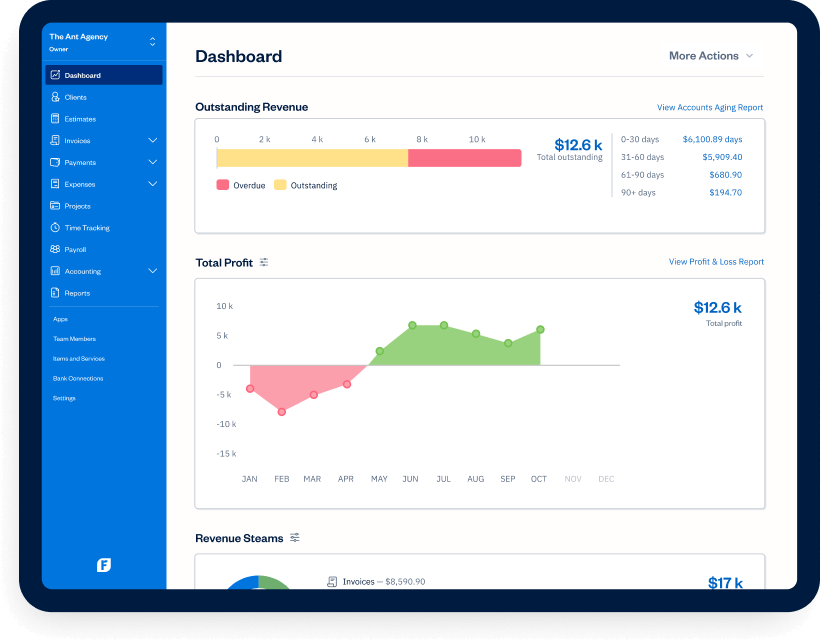
Customers and experts recommend FreshBooks

The features you need. All in one place.
Invoicing
Create professional invoices in minutes. Automatically add tracked time and expenses, calculate taxes, and customize your payment options.
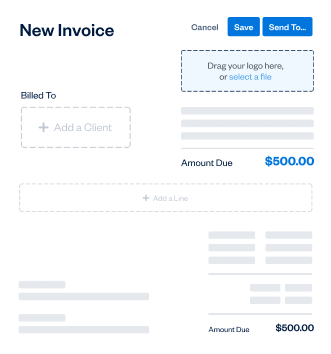
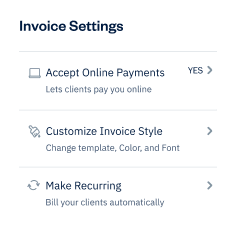
Billing and Payments
Bill fast, get paid even faster, and automate the rest with recurring invoices, online payments, and late payment reminders.
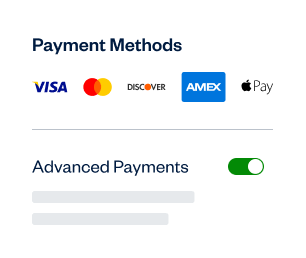
Expenses
Keep track of your expenses with mobile receipt scanning, bank account imports, and automated expense categorization.
Payroll
The simplest way to pay yourself and your team. Seamlessly run payroll, track expenses, and calculate taxes without juggling separate tools.
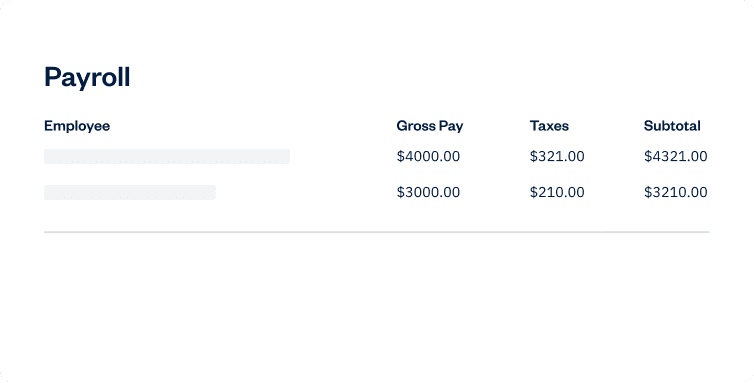
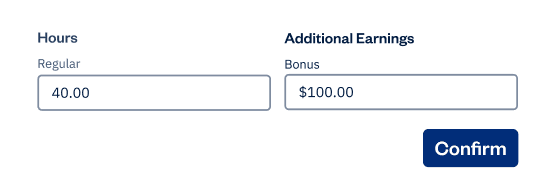
Use FreshBooks
your way
Freelancers
Keep your books in check, your clients happy, and your work on track.
Solopreneurs
Keep your books in check, your clients happy, and your work on track. Invest in accounting software that respects your time so you can spend it on building your business, not crunching numbers.
Businesses with employees
Save time (and money!) by using FreshBooks to collaborate with your team while handling accounting, billing, and payroll.
Businesses with contractors
Stay organized and informed about your daily operations, and keep everyone you work with on the same page.
Use FreshBooks
your way
Don't take our word for it, take theirs

FreshBooks has really helped me to be more efficient throughout the year so that tax time…it’s less stressful
Damona Hoffman
Dear Mrs D, Inc.
More reasons to love FreshBooks
553hrs
Save up to 553 hours each year by using FreshBooks
160+
People in over 160 countries have used FreshBooks
$7000
Save up to $7000 in billable hours every year
30M+
30M+ small businesses have used FreshBooks





100+ apps.
Infinite possibilities.
Fuel growth and save time with the FreshBooks AppStore.
See All Apps





Grow stronger with FreshBooks
Build an integration, use our API, or reap the rewards of our affiliate and referral programs. Explore the benefits of the Accounting Partner Program for accounting professionals. Look no further for your next growth opportunity!
Become a Partner10K+
Businesses have partnered with FreshBooks
Support that actually supports you 

Help From Start to Finish
Our Support team is knowledgeable and never transfers you to other departments.
4.8/5.0 Star Reviews
Yup, that’s our Support team approval rating across 120,000+ reviews
Global Support
We’ve got over 100 Support staff working across North America
Help From Start to Finish
Our Support team is knowledgeable and never transfers you to other departments.
Frequently Asked Questions
Ready to get started?





















